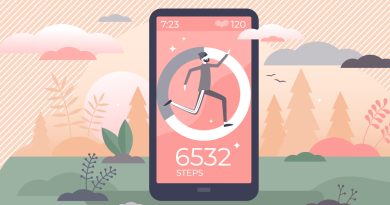What is Behavioural Design? And How to Apply it
In simple words, behaviour design is a method to understand behaviour sciences and apply this knowledge in designing products, services, and apps. The use of behavioural sciences in design is to create solutions, achieve innovation, and empower people.
Behavioural design can influence the human mind and aid our choices. Whenever you want to change a habit, persuade a friend, or even help someone quit a product. To understand human practices, we must first understand how we think. Why do we make the choices that we do? If we know this, it leads to comprehending how behavioural change can form so we can address it during the design thinking process.
What is Behavioural Design?
Behavioural design focuses on assessing human behaviour and using insight to solve complex design issues. Behavioural design can influence human behaviour and lead it towards change. Still, you must think, why should I care about behaviour when designing a product? When creating a service/product, you see that incorporating behavioural psychology is a make-or-break matter for success in your venture.
For Example, humans are bound to make mistakes. As a designer, you must give them a sense of direction, such as the undo button, available to users in documents, editing or artsy apps. Even just the password highlighting green when it’s the correct length is useful for users. This behaviour influenced the Heuristic Evaluation to build user-centred design for mobile applications.
The Psychology of Developing a Habit
Man is truly a creature of habit. When designing a product, if we configure how to incorporate this product into their daily lives, that’s the dream for the company/service. We need to develop a sense of routine for any activity to develop into a habit. Still, repetition is necessary, plus positive reinforcement, which sets things into motion.
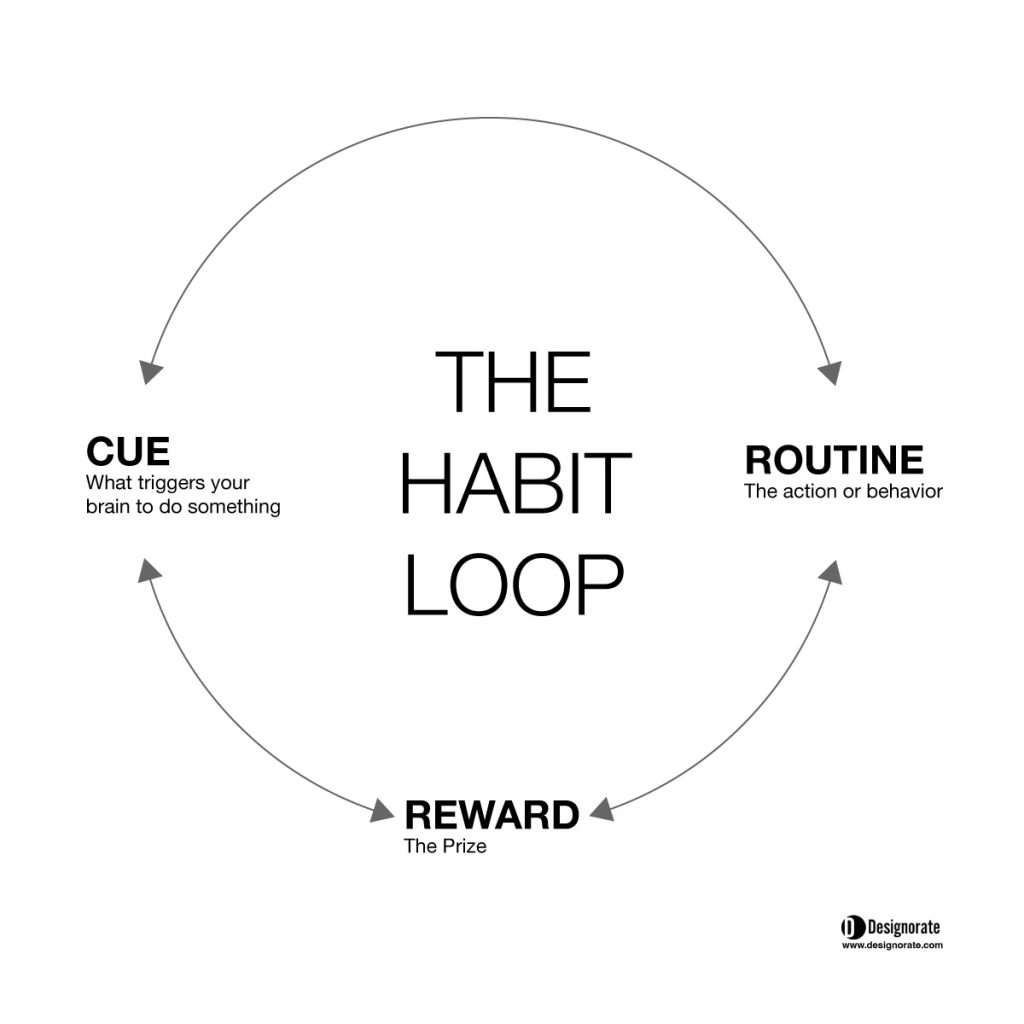
When it comes to positive reinforcement, humans are pretty simple. When behaviour is rewarded, we repeat it. This encourages us to exhibit rewarded behaviour. It is as straightforward as giving treats to a child when they’re polite. This can create behaviour patterns through any form of reward such as food, praise or money—our brain releases “happy chemicals,” known as dopamine, everyone’s favourite neurochemicals. The concept is used in several mhealth design such as weight management applications.
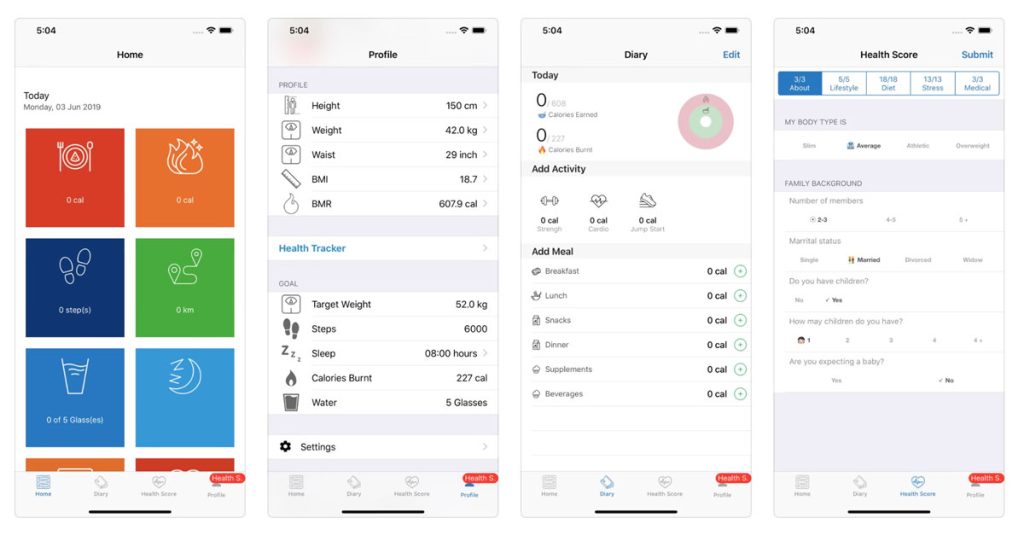
Habits and Behavioural Design?
The aim is to make your product a default behaviour—a day-to-day activity incorporated into the routine. Every time your friend goes out for a jog with their Apple watch or unlocks their phone to relax with their favourite streaming service. This isn’t a coincidence. It’s a design or programming of sorts. This is where the lines of ethics get blurry, and money-making schemes come into play where you are the product.
Influence of Behavioural Design
Let’s paint a picture for you. Let’s say I visit a supermarket. I need household grocery items as soon as I enter. There are electronic items further on soaps/shampoos and detergents. Something doesn’t sound right, does it now? When you enter a supermarket, people first want to see food, more so breakfast items and Baked goods; people shop most when hungry. Behavioural psychology helps you design products/services practically. Where development aids and solves society’s issues and challenges. However, this is a small example but quite frustrating for a customer and would impact sales significantly. Behavioural design is a framework or a system that has the potential to answer big questions. How can we solve economic crises by changing people’s behaviour? Can we motivate people to lead healthier lives? How do we create a better environment? Behavioural design is where we’re turning to.
The psychology of habit formation has a vital role as we’re trying to capture attention, create excitement, form a habit and incorporate this product/app/service into their lives. However, could we do all this without understanding how behaviour can be changed, modified, or moulded?
Theories Underpinning Behaviour Change
Undoubtedly, many behavioural scientists have their two cents on behavioural change. In design, behaviour change is about more than just getting the customer to buy the latest gear or sign up for the premium services you’re offering. You see, we’re getting them to commit to a lifestyle. Understanding human behaviour change can be the infinity stone to a designer once you harness it; cracking the app design is a piece of cake. The things to understand in design that guides human behaviour is that it is:
- Intentional
- Systematic
- A Framework
Leading to various theories and methodologies. One idea says that there are four distinct types of people as they react to the behaviour change strategy:
The Amateur
An amateur is someone who carries out behaviours that require little willpower. The behaviour will be pleasurable, with a typically positive impact on themselves. They have a built-in trigger to perform this behaviour. These habits are as simple as wearing slippers in the morning, brushing your teeth, or walking.
These habits are formed by external triggers that serve as a reminder of the habit. These triggers could be objects like a toothbrush or such. If motivation is present, they will carry out the behaviour. When there is enough repetition, a pattern will be created, and a habit will be formed.
The Expert
An expert is quite different from an addict. Experts have an automatic response that has been created due to frequent repetition. Experts need to help maintain control. Athletes, computer engineers, or anyone highly trained physically can display such behaviours. These behaviours are automatic, and they require practice and repetition. Transitioning from amateur to expert behaviour requires eternal help, as this automatic behaviour requires strenuous self-control.
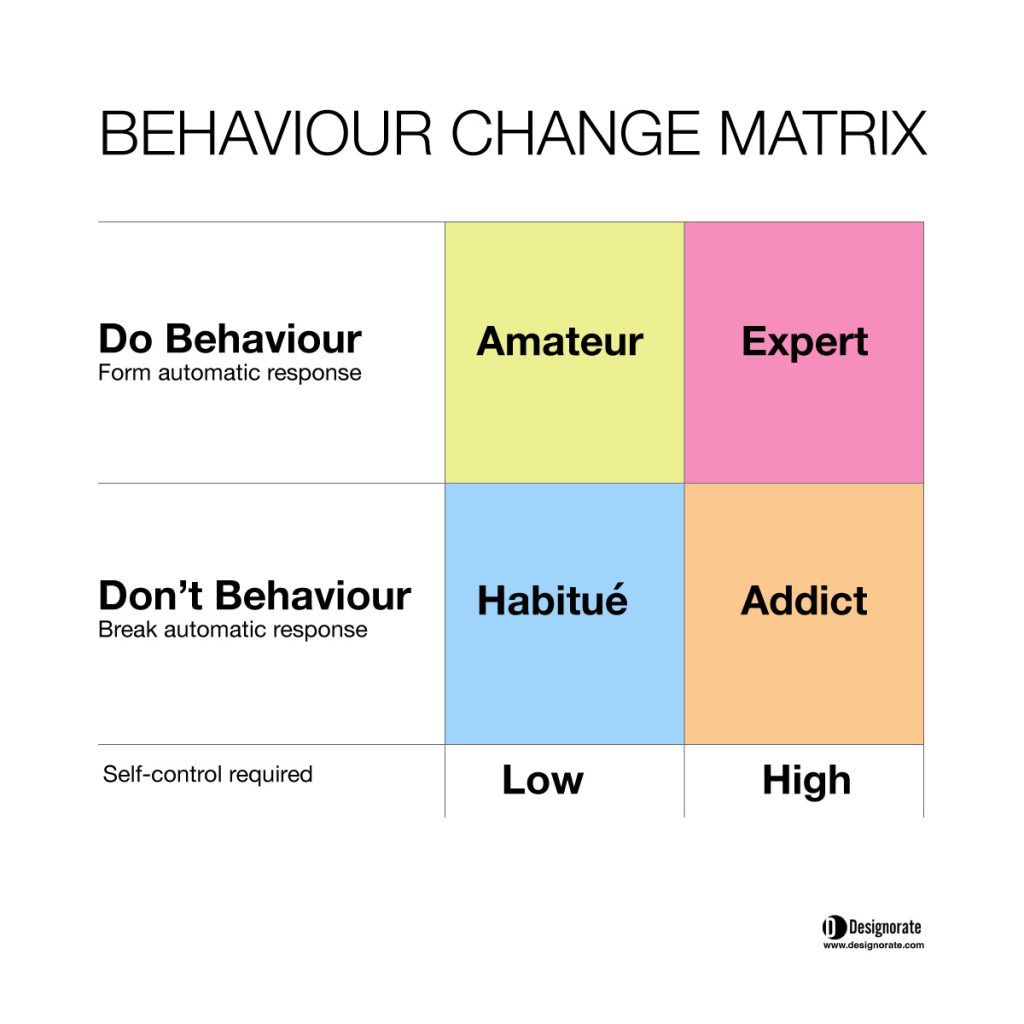
The Addict
As the name suggests, an addict has a neurological response to the stimulus. This behaviour is typically self-harming and stress-inducing for the brain. An addict would put themselves at risk to satisfy their desire. It’s only temporary, as the craving will start once again.
The Habitué
Like an addict, a habitué also wants to satisfy their desires. It’s an automatic response, wishing to relieve the craving and put away the stress of desire. Unlike the habitué, they have stronger willpower. They can exercise control over themselves, such as craving your favourite food item.
Understanding the target user helps us to define their persona and the consumer journey map that we can use to identify their experience and address their needs during the design process.
Stages of the behaviour change
You must think, how are these designers hoping to modify their customers’ behaviour? The terms can sound faux, but bear with me; we desire a behaviour change when we design a product. We use the product to facilitate change on many levels, all at the same time. Here are some ways to reduce change:
- Grab your customer’s attention: Ask yourself the crucial question? Is this service/app/product attractive to the customer? (Design Thinking Tools for Ideation)
- Tickle the curious bone: Make them ask questions and invest their time in your offering. Remember, it’s not a product you’re selling; it’s a lifestyle.
- Mould the view: Create an environment that can facilitate change. Let their perceptions change, plus make it look desirable, something that’s fresh and unique.
- Create an experience: You need boundless positivity and a break from a stressful life. Offer certainty and comfort. Be creative with how to incorporate such feelings to be experienced.
- Behaviour triggers: Create reminders and associations to trigger the changed behaviour. Repetition is your friend.
- Habits: It is keeping all the above points in mind. Incorporate the habit into day-to-day activities. It’s not a one-time action; it’s living, buying, selling, saving, etc.
Methods to Drive Behavioural Change
Several strategies can be used in the design interventions to trigger behavioural change. These strategies consider the psychological factors that drive people’s behaviour, such as the following factors:
Motivation
Before creating excitement or attraction, you must ask why someone would want your app/product/service in the first place. Motivation is the key that leads to all other design tactics. The motivation behind approaching a particular service must be studied and studied. This helps design what the customer expects out of an experience. For Example, sleep cycle apps aid insomnia patients or other sleep-related issues. User motivation for the behaviour should be key when designing the user experience (Why Design Thinking is Essential for Healthcare Innovation).
Goals
Let’s run with the sleep cycle app example. Goals are essential, and extrinsic or intrinsic motivation is behind them all. A person with insomnia or sleep apnea’s plan is a whole night’s rest. How can an app guide the user to their desired outcome? Even if the goal isn’t apparent, the app’s interface must aid in a meaningful, significant, and valuable sense.
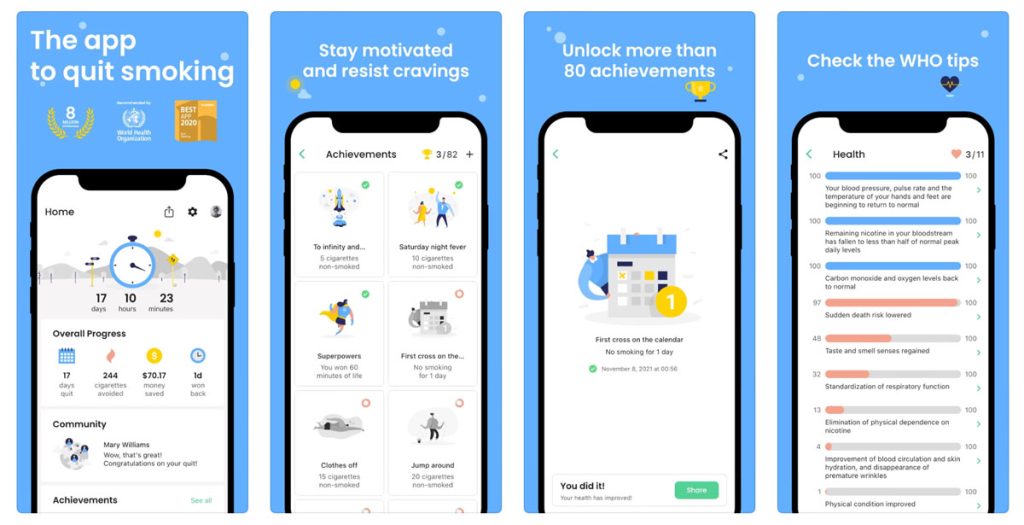
The QuitNow app aids people in quitting smoking. A built-in tracker displays money and time saved plus days of leave. What a well-designed app that influences behavioural change.
Stimulus Devaluation
The name sounds odd, but it’s pretty simple. Removing the cue or the action is a way to change/redirect the behaviour. We learn positive reinforcement work. You do good, and you’re rewarded, but let’s go in the opposite direction. How do you break an association? Stimulus devaluation.
You delay the response and set the trigger. This helps break habits. For Example, Gaming and gambling can be bad habits done excessively, which is why sometimes there are wait times delays like you can’t play multiple hands of poker in a row or a mandatory waiting time between gaming sessions. These delays are helpful and reduce the risk of negative habits.
Environment
Change is only possible with the proper environment, which is why there are design techniques that help people make specific choices. There is a concept called decision fatigue. It’s a feeling any human may have dealt with when you’re tired of choosing from countless pieces of information daily. To keep our sanity, we have default behaviours. This is where design comes into play; we decide the information to present and help you determine your default behaviour. For Example, consumers are more likely to pick the highlighted restaurant menu items. The same applies to app designs when providing recommendations for users.
EAST Framework for Behaviour Change
Several behavioural change models can guide designers as they design and develop their solutions, such as the EAST developed by The Behavioural Insights Team. It includes four main behavioural change elements: Easy, Attraction, Social, and Time. The framework is driven by the MNDSPACE model developed by the UK Cabinet Office’s Institute for Government.
Easy
As simple as the word’s meaning, the habit should be easily guided/moulded/changed into people’s lives. The effort needed to change should be minimal to reduce the cognitive load. YouTube is so easy to use that you hardly need to know the language to find what you’re looking for, and that’s what customers want.
Make defaults easier where the changed behaviour becomes the person’s autopilot. Break down the complexities of the tasks. For Example, if you want to listen to music? Tune in to Spotify. It’s so simple that you don’t think about it twice. Your brains are on autopilot, leading to user retention due to default actions (Design Thinking Case Study: Innovation at Apple).
Attraction
This is a significant factor, which is why it’s repeated often. Excitement, curiosity and attraction give customers a reason to notice you. You have to consider the population as a whole to ensure its various features apply to all who use the product. Personalisation and individualism are key. Give them an incentive or a sense of urgency. Create need. A buzz around Hell’s Kitchen by Gordon Ramsay is a good example. The attraction to this restaurant and the marketing make customers curious about this experience.
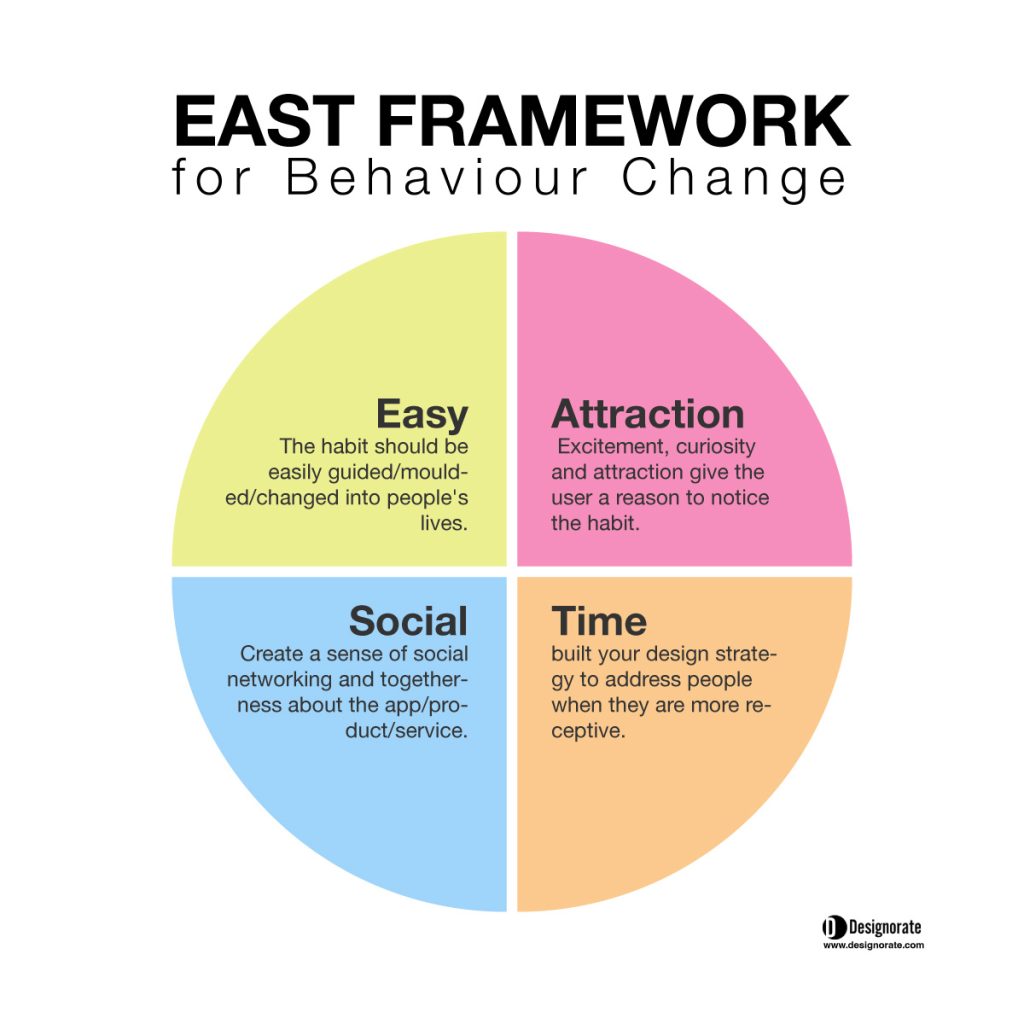
Social
The human being is a social animal influenced by other fellow humans, the point being to showcase the behaviour you want to be changed. Create a sense of social networking and togetherness about the app/product/service. No one likes to miss out on the next best thing. Use advertisements, a trusted messenger and go all in on the social norms. Instagram has quite a social presence. There is an entire culture built around the gram life. Don’t you wonder how Instagram achieved this feat and retained user engagement?
Time
The time plays an essential role in triggering the behaviour change. It would help if you built your design strategy to address people when they are more receptive. For Example, providing healthy food practices in the gym app can be a good strategy as users will be more likely to pay attention to their health, which is an excellent example of a habit-forming product.
Another element is the immediate cost and benefits. People are more likely to react to behaviour change when the benefits or the cost of the practice are immediate, and they can see it quickly after doing the action. In chronic disease, patient’s adherence to medication usage falls under 50% because they forget that the medication causes stability for their conditions as an invisible benefit. Another aspect of the time is the gap between people unedifying and doing the behaviour. Giving the people the time to develop the habit.
Ethics of Behavioural Design
There are light and dark paths to Behavioural design. When the scales can tip from guiding to manipulating, it is slippery. Behavioural design isn’t supposed to violate ethical boundaries. Behavioural design, instead, is a system that has ways to increase the chances that a particular plan might influence behaviour change. It is not a force rather a choice. The rest is up to designers and their intent when designing products. Some sites detail how companies use devious methods to manipulate change, such as darkpatterns.org.
Conclusion
Behavioural design is a tricky thing to get right, but it’s like a puzzle when the pieces all click together. It’s a beauty indeed for designers, at least. To understand behavioural design, we must begin with human behaviour and the psychology of developing a habit. It all boils down to your grasp of the subject. Behavioural design has many tactics that guide behavioural change, but all within BD principles and ethical boundaries. BD is a framework; it is systematic and eventual. It’s not magic, and it occurs in stages. It’s all about influence in the


